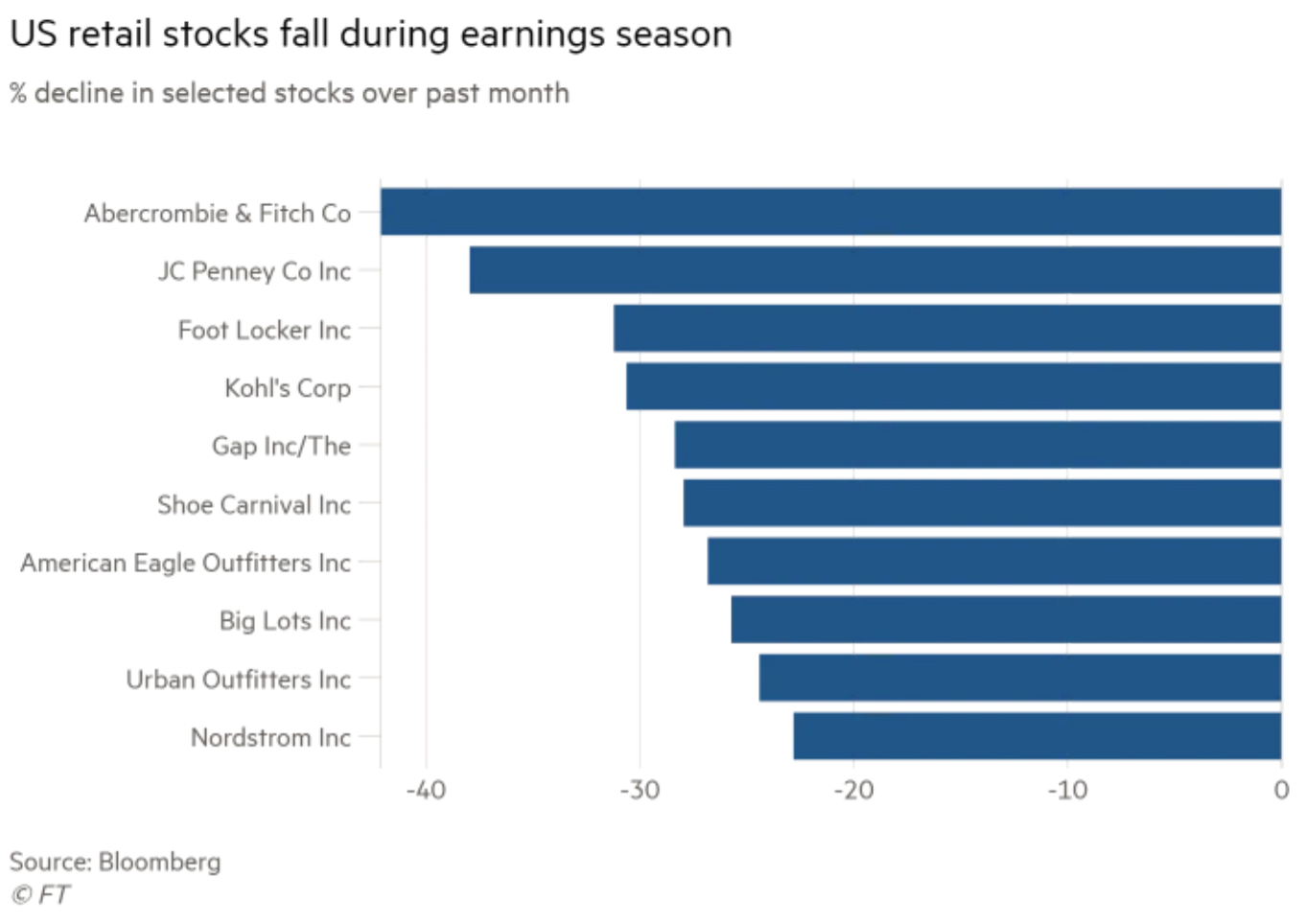Crain's Q&A: Forecasts from six of the city's commercial real estate experts
MICHAEL COHEN, president, tristate region, Colliers International The economy is growing. Why aren't rents on the rise?Pricing is driven by the intersection of the supply and demand curves. While demand has unquestionably risen, so has supply. The commercial real estate construction boom that we have seen in the past two years—and prospectively will see for the next few more—is adding supply at a pace we have not seen since the 1980s. What caused office-building sales to plummet last year? article continues below advertisement The Chines and the Russians, who had invested heavily in real estate, faced new constraints. We had a political environment that bred uncertainty. Returns in the stock market were much higher than those in New York City real estate, where rents are flat. Meanwhile, the Fed vowed to raise interest rates. Can demand keep up with the office- construction boom?The investment community does not create a lot of speculative real estate. Most developers wait for anchor tenants and need preleasing. That constrains supply somewhat. Of course, demand will have to abate eventually, and, much like a game of reverse musical chairs, there will be some empty chairs that need to be filled. Any end in sight for the slide in retail rents?There is plenty of demand for space from multiple sectors, such as fast-casual food and experiential retail. The problem is that these tenants cannot pay what the hard-goods megastores of the past paid. They also, in many cases, occupy smaller footprints. How far can the Hudson Yards area go in winning top tenants?This is like asking about Rockefeller Center when it was built. Today that would seem like a foolish question, because the entire area around Rockefeller Center has become seamlessly integrated into the Midtown core business district. I believe that is the future of Hudson Yards as well.------------------------------------------------- MARY ANN TIGHE, CEO, New York tristate region, CBRE The economy is growing. Why aren't rents on the rise?Last year office tenants decisively chose quality of space over location. New construction and major renovations leased up at record rents. However, because 65% of our office stock is 50 years old or older, the weighted average rents are flat as tenants get a discount on older, unimproved products. What caused office-building sales to plummet last year?Most of the decline came early in the year, when election results and interest-rate increases slowed activity. Also, currency controls cut Chinese overseas investment, which had a big impact in the city. Debt markets have become so accommodating for owners that many have opted to refinance properties rather than sell. Can demand keep up with the office- construction boom?By 2020, 11.3 million square feet of office space is expected to be delivered; 49% is already committed. The remainder is only 1.4% of total inventory. As new buildings win the lion’s share of demand among large tenants, who takes the space they leave behind? The answer depends on how well the economy performs. Any end in sight for the slide in retail rents?After a 23% decline from 2014, the trajectory of leasing cost is coming closer to spending growth. And pricing is better geared to the revenue potential from store operations. As these metrics converge, tenants are better able to afford their rent. We’re also seeing increased concessions and shorter terms. How far can the Hudson Yards area go in winning top tenants?Because a number of my colleagues are actively engaged at Hudson Yards, I cannot comment on the situation there at this time.------------------------------------------------- LOU D'AVANZO, vice chairman, Midtown, Cushman & Wakefield The economy is growing. Why aren't rents on the rise?Rents remain stable because of more supply and densification. This is specifically tied to Midtown, since Midtown South and downtown have exceeded historical highs in the cycle, while Midtown remains about 9% to 10% off 2008 highs. This owes mostly to new construction being added to existing inventory. What caused office-building sales to plummet last year?We see 2017 as a correction in the investment-sales market, one partially influenced by buyers seeking higher yields in alternative markets. As we have now entered the start of a new cycle, we expect investment sales to pick up in 2018. Can demand keep up with the office- construction boom?Last year brought the second-highest level of leasing on record, so it is unlikely that 2018 leasing will reach the same levels. But tenants will still commit to newer construction and more efficient space. Overall, supply will likely outpace demand, as job growth is expected not to be as strong as in the previous seven years. Any end in sight for the slide in retail rents?We did see evidence of increases in rents in 2017 in some submarkets, which points to retail rents leveling off. But that does not necessarily mean that they will go back to what they were in 2014–2015. We do, however, expect retail rents to remain stable in select submarkets. How far can the Hudson Yards area go in winning top tenants?As some tenants continue to favor new construction and modern work space, Hudson Yards will be able to lease up. That being said, as landlords modernize their properties to offer amenities such as rooftop terraces, creative food alternatives and fitness facilities, some tenants will stick with Midtown’s storied strips too.------------------------------------------------- PETER RIGUARDI, president, New York tristate region, JLL The economy is growing. Why aren't rents on the rise?Prices have not risen hugely across the board because supply has surpassed demand as new construction and tenant cuts in work space per person have added space to the market faster than we can absorb it. But in some areas, rents have risen to the highest levels ever seen in the city. What caused office-building sales to plummet last year?Some sources of equity and debt have cut back. New York real estate is expensive, and investors are looking at other markets that may be less so. Also, very few buildings are currently for sale because many owners have no incentive to sell. If they did, where would they put their capital? Can demand keep up with the office- construction boom?There is plenty of leasing in Manhattan, much of it driven by tech firms. New York is now a solid alternative to Silicon Valley. We have also seen signs of more activity from financial-services groups. I view London as a benchmark for us. It is now England’s tech capital as well as its financial center. Any end in sight for the slide in retail rents?New York retail still thrives, but a number of building owners may need to adjust their strategies. Some bought retail property at very high prices. Sadly, retail rents have fallen, and this trend may continue in 2018. These properties must be refinanced with lower expectations. How far can the Hudson Yards area go in winning top tenants?The are will continue to draw large, creditworthy tenants as it offers the newest buildings in town. Despite that, Midtown landlords will be able to compete against newer offerings by energizing their office buildings through renovation and modernizing designs.------------------------------------------------- DAVID FALK, president, New York tristate region, Newmark Knight Frank The economy is growing. Why aren't rents on the rise?Since the third quarter of 2010, average annual rents have increased by 8.5% in Midtown South, 7.5% downtown and 4.3% in Midtown. Midtown has lagged, as it has traditionally attracted financial firms, which have seen the slowest recovery. We have also seen more competition from new product outside of core Midtown. What caused office-building sales to plummet last year?High pricing, low yields, moderating rents and a lack of trophy sale opportunities all contributed to the drop. Most notably, international capital decreased their spending to $7.5 billion in 2017 from $11.6 billion in 2016. But the average price per square foot was $913 in the third quarter, 29.5% above the 10-year average. Can demand keep up with the office- construction boom?There is strong demand for new space. Availability on the Far West Side is down to 4.4% from 24.9% seven months ago. In addition to large-scale developments in Midtown and downtown, Midtown South boutique projects have done well. Leasing has been boosted by growth in technology and media tenants. Any end in sight for the slide in retail rents?I am concerned. The obvious first step is that, in many very expensive areas that have vacancies, rents need to come down significantly to attract retailers that can succeed in this environment. Also, fewer chains and more “uniquely New York” stores would make the shopping experience worthwhile to the consumer. How far can the Hudson Yards area go in winning top tenants?Hudson Yards' incredible success was the story of the year in real estate. It’s proof that large Midtown tenants are seeking new construction in a city with an aging inventory of buildings. I expect the next phase of Hudson Yards to be successful. Landlords in traditional Midtown areas must reinvest in their buildings.------------------------------------------------- MATTHEW BARLOW, vice chairman, Savills Studley The economy is growing. Why aren't rents on the rise?Office jobs are nearly 193,000 above the 2000 peak, yet there are 9.7 million less square feet occupied. It’s becoming clear there’s no turning back on densification. Demand is shifting to new space offering a blank slate to create more productive offices. Shared work space also offers alternatives. What caused office-building sales to plummet last year?The drop is big, yet the sale price of premium office space in Manhattan has hovered near record levels for two years—between $800 and $1,000 per square foot—reflecting substantial interest in real estate capital markets. Investors are still active in real estate, which offers a big cash-flow premium relative to other assets. Can demand keep up with the office- construction boom?The development pipeline is the biggest since the 1980s. This new construction has been critical in allowing tenants to optimize a balance between space efficiency and innovative workplace design. Demand for poorly configured space and outdated amenities will lag, spurring a sharp rise in availability. Any end in sight for the slide in retail rents?The worst of the adjustment is likely behind us. In Manhattan, most of this restructuring stems from a reconsideration of the purpose of brick-and-mortar. As more retailers shift to space that focuses on showcasing products and less on stock on the shelf, the footprint some stores require is shrinking. How far can the Hudson Yards area go in winning top tenants?More moves to the West Side will happen unless Midtown East landlords reposition space and price appropriately. Hudson Yards benefits from a market starved for new space. But tenants are not being cheap. Many firms will pay a premium for new buildings that can give them an edge in recruiting and retaining talent.


